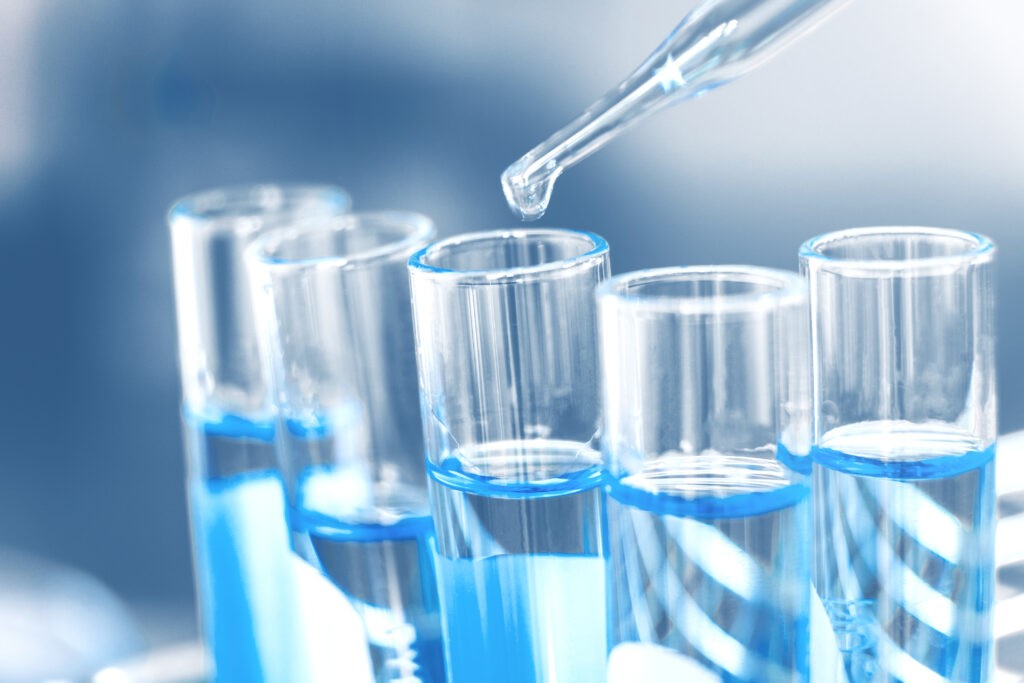Legionella, the unseen adversary lurking in neglected water systems, presents a formidable health challenge. As a result, it’s crucial to identify high-risk groups and environments where Legionella proliferation is heightened. Implementing effective preventative measures are our best defence, ensuring safety and compliance in the fight against this microscopic menace.
Who is most vulnerable to Legionella?
A Legionella outbreak can affect any business although some are more vulnerable to contamination due to the nature of their water systems. It is essential that these businesses protect their customers, patients or employees from the threat of a Legionella infection. The following industries are among those most vulnerable to Legionella contamination:
1. Healthcare
Hospitals, nursing homes, and long-term care facilities typically feature intricate water systems due to their expansive infrastructure. Moreover, residential care facilities present an elevated risk for water system complications, particularly when they are situated in repurposed, older properties. In turn, the water systems may be outdated and not fully compliant. These facilities also tend to care for the elderly and other vulnerable people so ensuring the systems are safe is imperative.
2. Hotels, resorts & fitness centres
Large buildings with centralised and complex water systems can provide ideal conditions for Legionella growth due to extensive plumbing systems with numerous outlets and intermittent water use. These facilities tend to have multiple uses including spas, pools, air conditioning units as well as several hundred bathroom outlets.
3. Warehouse & manufacturing units
Air conditioning systems, large plumbing systems, cooling towers in factories and industrial plants are notorious for harbouring Legionella bacteria if not properly maintained and disinfected. The complexity of these systems stems from the industry’s nature, necessitating expert attention to guarantee full compliance.
4. Construction Sites
During construction works, pipework and water systems are often shut off to avoid leaks and flooding when not in use. This lack of flow throughout the system is the ideal breeding ground for Legionella bacteria. Stagnant water can harbour the bacteria and if not dealt with correctly, spread to other areas of the water system. Due to this increased risk, extra caution should be taken in these instances.
5. Office buildings & shopping centres
Buildings with large HVAC systems, hot and cold-water storage tanks, and other water features such as decorative fountains can also become contaminated if not properly managed. Shopping centres are at higher risk due to the volume of users, a high number of outlets and usually a large air conditioning system.

Common sources of Legionella contamination
Natural sources include freshwater bodies such as lakes and streams. However, the primary threat of a outbreak lies with man-made water systems where bacterial growth is more prevalent. Legionella bacteria thrives in stagnant water with the absence of adequate disinfection at temperatures ideal for Legionella growth. Common sources of contamination include:
- Cooling towers
- Hot tubs and pools
- Hot and cold-water tanks
- Showerheads and sink faucets
- Decorative fountains and water features
- Large, complex plumbing systems with dead legs (unused pipework)
Businesses would typically make use of a water hygiene specialist like LMS, for shower head cleaning and disinfection or tank maintenance as part of a comprehensive Legionella management plan.
How can you prevent Legionella in your water system? Ask the Experts: Legionella Management Solutions
LMS is a specialist water hygiene company delivering industry leading compliance and remediation services to combat legionnaires disease. Additionally, operatives are trained to the highest industry standards to ensure full compliance with Health and Safety at Work Act 1974 and Approved Code of Practice L8 & HSG274. LMS provide services to detect and prevent including, water sampling, risk assessments, RPZ valve testing and associated remedial work to achieve or maintain Legionella compliance.
Risk Assessments initiate a comprehensive water hygiene maintenance plan. The Water Management Society (WMSoc) trains and accredits LMS in-house risk assessors. They conduct a risk assessment using a site-specific schematic of the water system, followed with a site visit to examine all aspects of your hot and cold water systems, identifying any risks.
Maintenance of water systems includes routine cleaning, disinfecting and regularly flushing infrequently used water outlets. This ensures adequate water flow therefore preventing stagnation and the growth of bacteria. By stopping the build-up of biofilm where Legionella thrives you can ultimately reduce the risk of an outbreak.
Temperature control is another effective strategy. Optimal temperatures for Legionella growth are between 20-45°C. Keeping hot water above 60°C and cold water below 20°C can minimise bacterial growth.
Chemical water treatments like chlorine or biocides can help control Legionella proliferation in water systems.
Education and awareness training for designated managers on the risks and preventative measures of Legionella, can help ensure systems are compliant and meet the required standards.
Ultimately, a comprehensive water management program is essential to prevent Legionella proliferation and outbreaks. This includes conducting risk assessments, implementing systematic monitoring, and taking immediate corrective actions when contamination is detected. Legionella Management Solutions offer a full range of services to ensure your water systems remain safe and compliant. Speak to an expert today.
